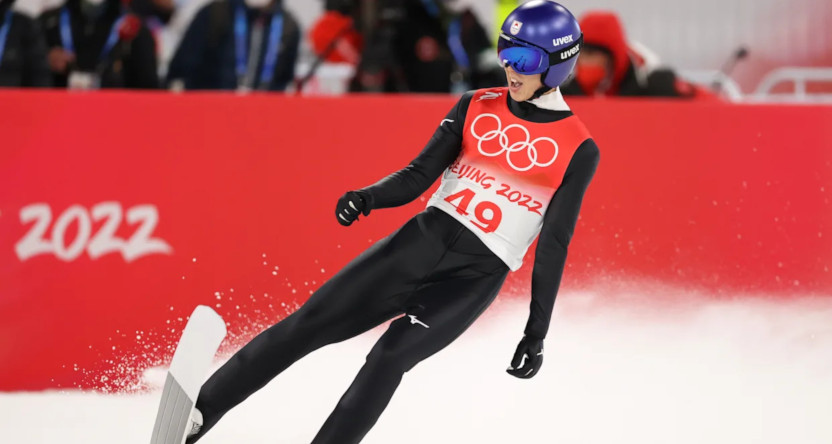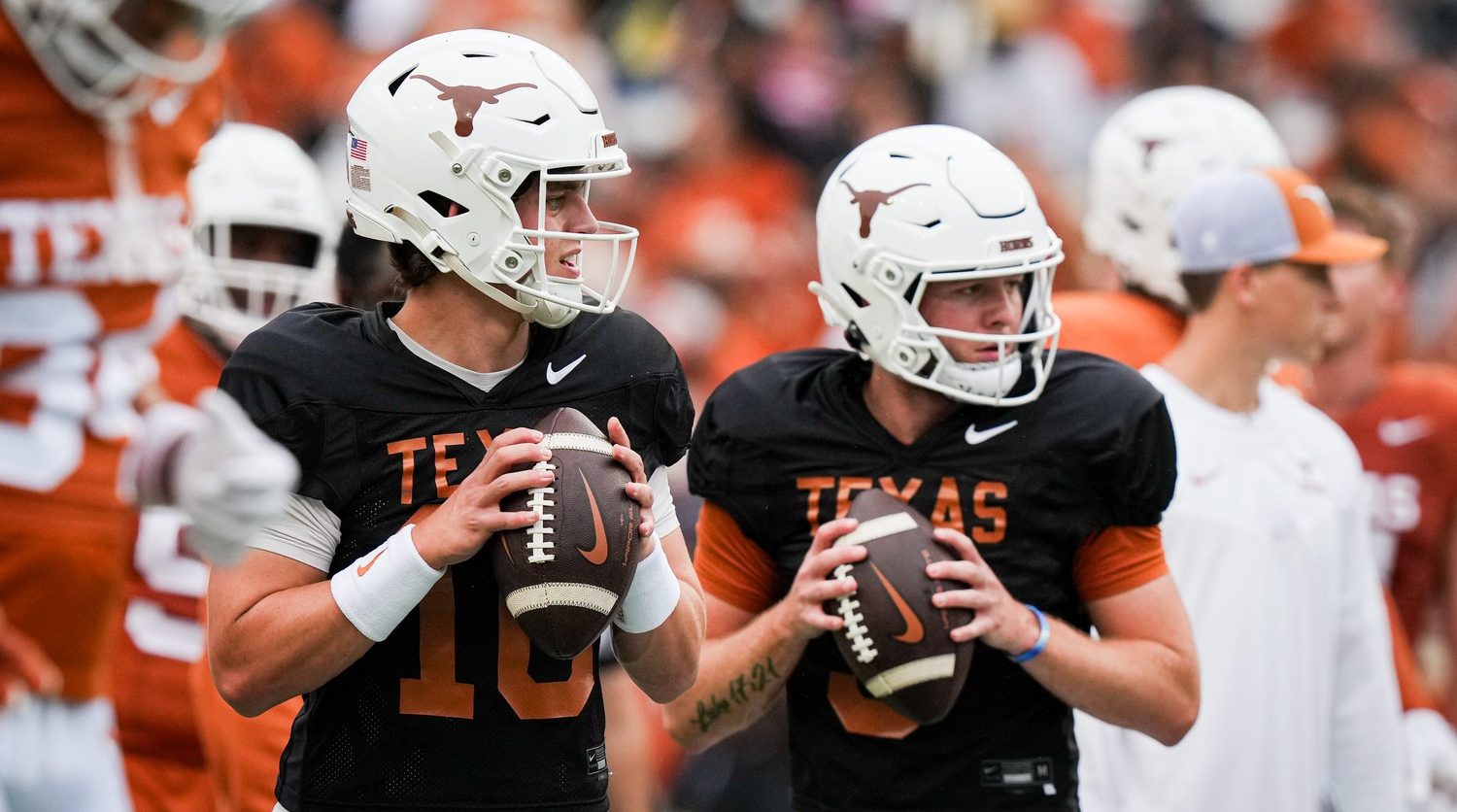There are all sorts of tracking and mathematical modeling efforts in sports now, from MLB’s Statcast to the NFL’s Next Gen Stats to basketball’s Synergy Sports, but a particularly interesting recent effort comes from Japanese research on ski jumping. Ahead of February’s 2022 Beijing Olympics, a team of researchers created a full aerodynamic simulation of Japanese ski jumper Ryoyu Kobayashi, as discussed in a story at news portal Science Japan (managed by the Japan Science and Technology Agency). They used measurements and motion capture sensors, then ran that data through the “Fugaku” supercomputer at the Kobe City branch of research institute RIKEN. And they say this is the first time the flight process of ski jumping has been completely simulated.
Kobayashi would go on to win normal hill gold in Beijing (as seen above), and this team’s aerodynamic simulation data helps to explain why. The researchers summarized this data and made it available to Kobayashi, other Japanese athletes, and coaches in January. They’re now preparing to present it at a European conference, as well as preparing a paper for potential publication. Here are some highlights from that Science Japan story on their work:
In ski jumping, skiers compete to see who can jump the longest distance with the best flying form and nail the smartest landing. It is a unique sport in which aerodynamics, the physique of the athlete, and the individuality of their movements all have a great impact. Professor Keizo Yamamoto, who specializes in kinematics at the Faculty of Lifelong Sports, Hokusho University (Ebetsu City, Hokkaido) says: “Though athletes can only practice flying a limited number of days a year, they still try to find a flying posture that suits them through trial and error. I started researching ski jumps when I was a student, hoping to find information that could suit each individual athlete.” Professor Yamamoto is also a staff member of the National Training Center, a training facility for top-level athletes.
In 2009, Professor Yamamoto began to conduct collaborative research with Professor Makoto Tsubokura to strengthen Japanese athletes. Professor Tsubokura works in the Computational Fluid Dynamics Lab at the Graduate School of System Informatics at Kobe University, Japan, and is also Team Leader of Complex Phenomena Unified Simulation Research Team at RIKEN.
The research group proceeded to analyze the performance of Kobayashi, who was considered to be a strong candidate for the gold medal. They began by measuring his physique. Then, by having athletes wear suits equipped with sensors and using motion capture technology, the researchers could capture their movements and convert them into data. This allowed them to continuously record the movements of Kobayashi and the athletes he was being compared to from the moment they stepped up for a jump until the moment they landed. Based on this information, they managed to create a complete 3D CG animation. Finally, using special software for the “Fugaku” supercomputer at RIKEN, they analyzed the air movements around the body and their effects. The research group calls this method “full aerodynamic simulation”.
The researchers found that Kobayashi’s jump had a few distinctive features. First, (1) unlike the other athletes, Kobayashi’s “drag” temporarily increased immediately after takeoff. This force comes from the air and typically hinders flight. However, it declined shortly thereafter. In the latter half of the jump, (2) the “lift” force, which keeps the body aloft, gradually increased. Finally, (3) the “lift-drag ratio”, a value calculated by dividing lift force by drag force and that indicates flight performance, increased earlier for Kobayashi than for the other athletes and was almost maintained throughout the entire jump.
Here are some graphs illustrating that:
And here’s a graphic they made showing the air movement:
Detailed air movement mapping experiments are often done for planes and cars, but it’s fascinating to see that conducted for a ski jumper, and to see some unusual elements around the jumping style of the athlete who would go on to win gold. Professors Yamamoto and Tsubokura have more notes on how those distinct elements of Kobayashi’s jumping style appear to work for him in the full story, and it’s notable that Yamamoto was surprised by exactly how Kobayashi’s body operated in the air. The key part there is the maintained high lift-to-drag ratio, which comes from a steady increase in the “angle of attack” between the direction of flight and the direction of airflow: Tsubokura says “In theory, the reason a wing doesn’t stall is because it’s constantly changing the angle of attack slightly.”
What’s also interesting about this is that the researchers are not presenting this as a universal solution to ski jumping. Indeed, that story notes that “these differences in posture are due to individuality, and it is not true that one is better than the other.” The individual physiques of athletes have a lot to do with airflow around their bodies, so a technique that works for Kobayashi may not work universally. But there is a lot of potential to this modelling; knowing exactly what’s going on with airflow around an individual ski jumper could help them and their coaches refine the particular technique they need.
And Tsubokura notes that there’s even potential for in-competition coaching with this data between jumps if the computational speed is improved. Even with the Fugaku supercomputer, it currently takes a full night to run data from a jump, but he’s optimistic they can refine and improve that going forward. There are computational challenges ahead, including with extending this to other athletes (Tsubokura says “each person needs it to be tailor-made”), but there’s a lot of potential here. And it’s not inconceivable that this kinds of aerodynamic modeling might play a bigger role still in future Olympics.
[Science Japan; photo from Olympics.com]







